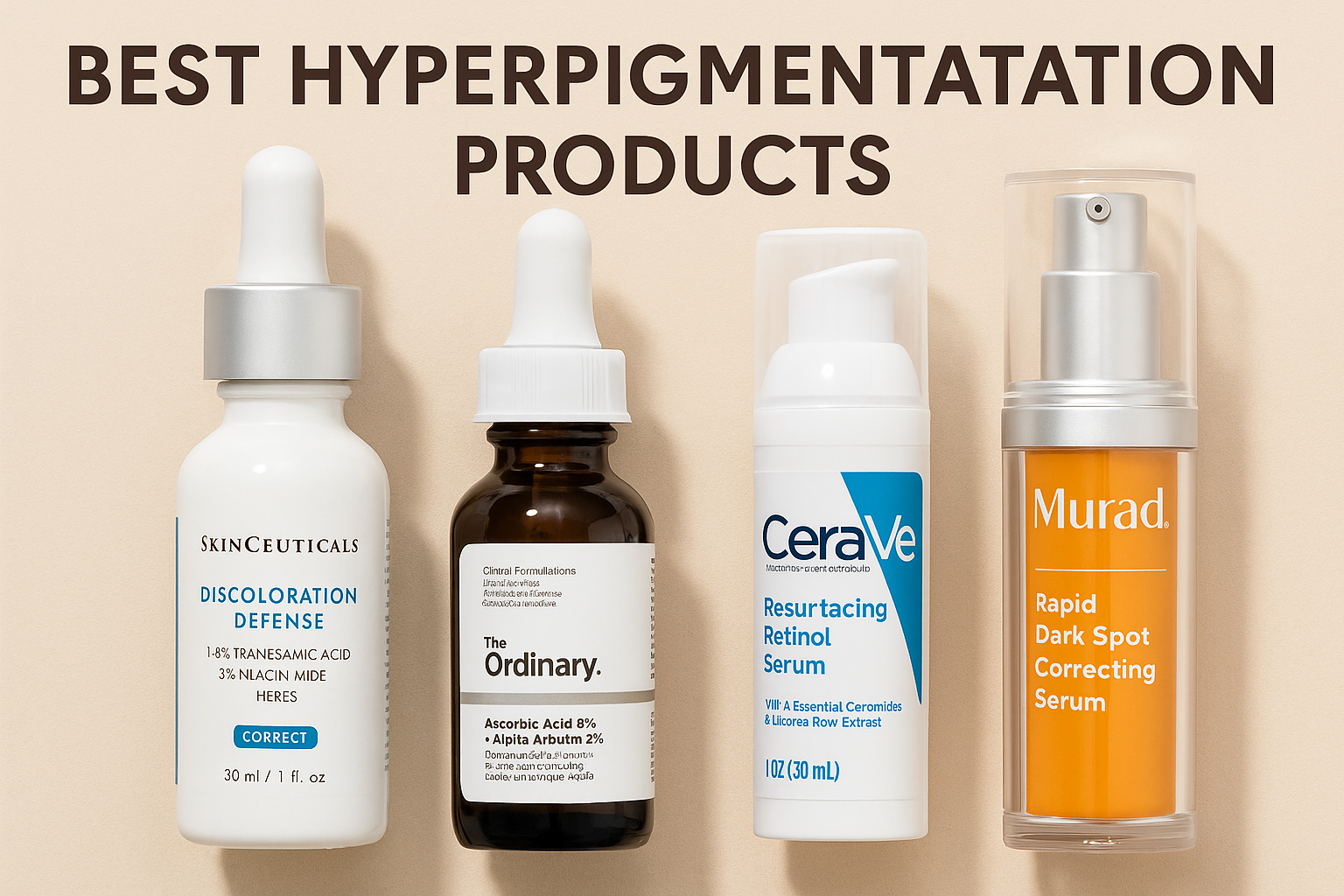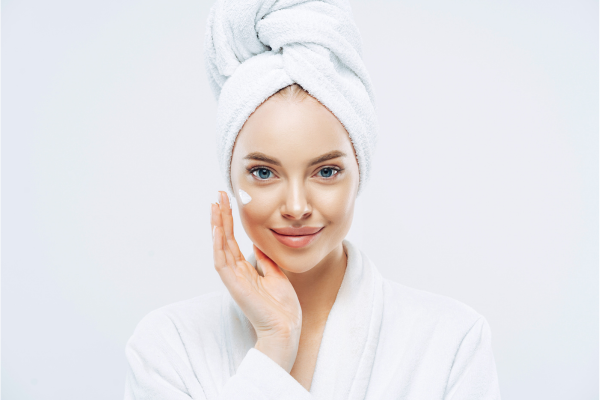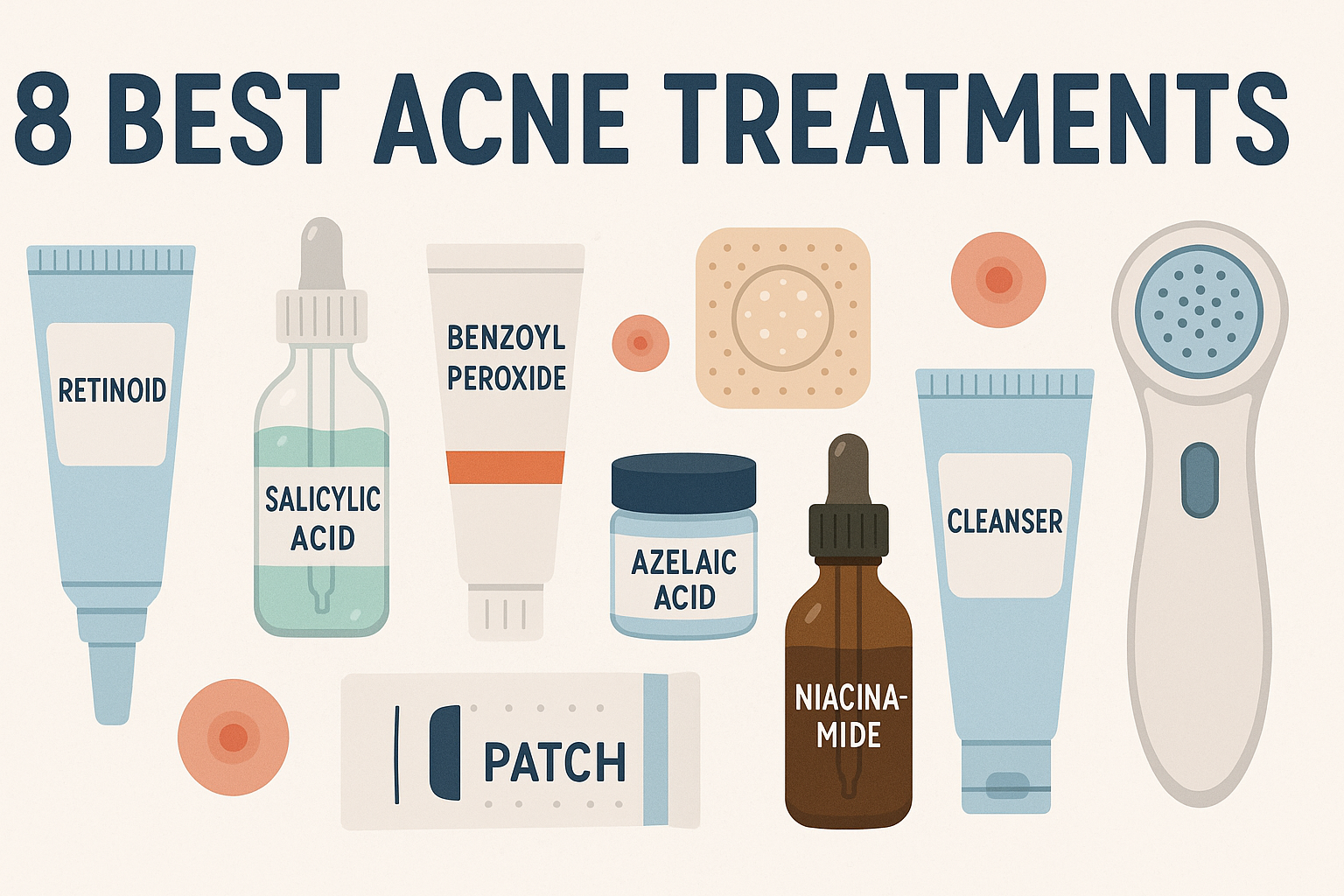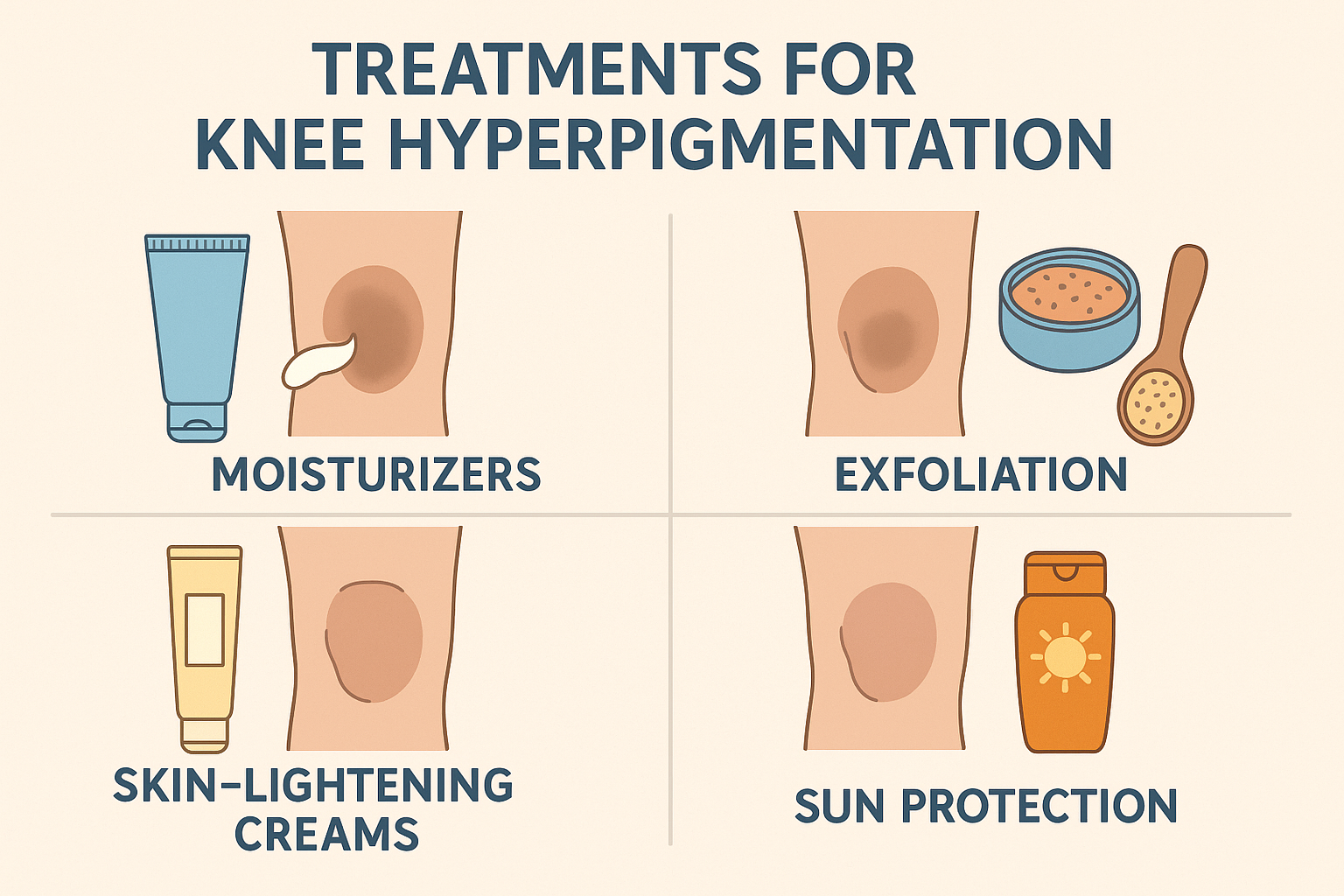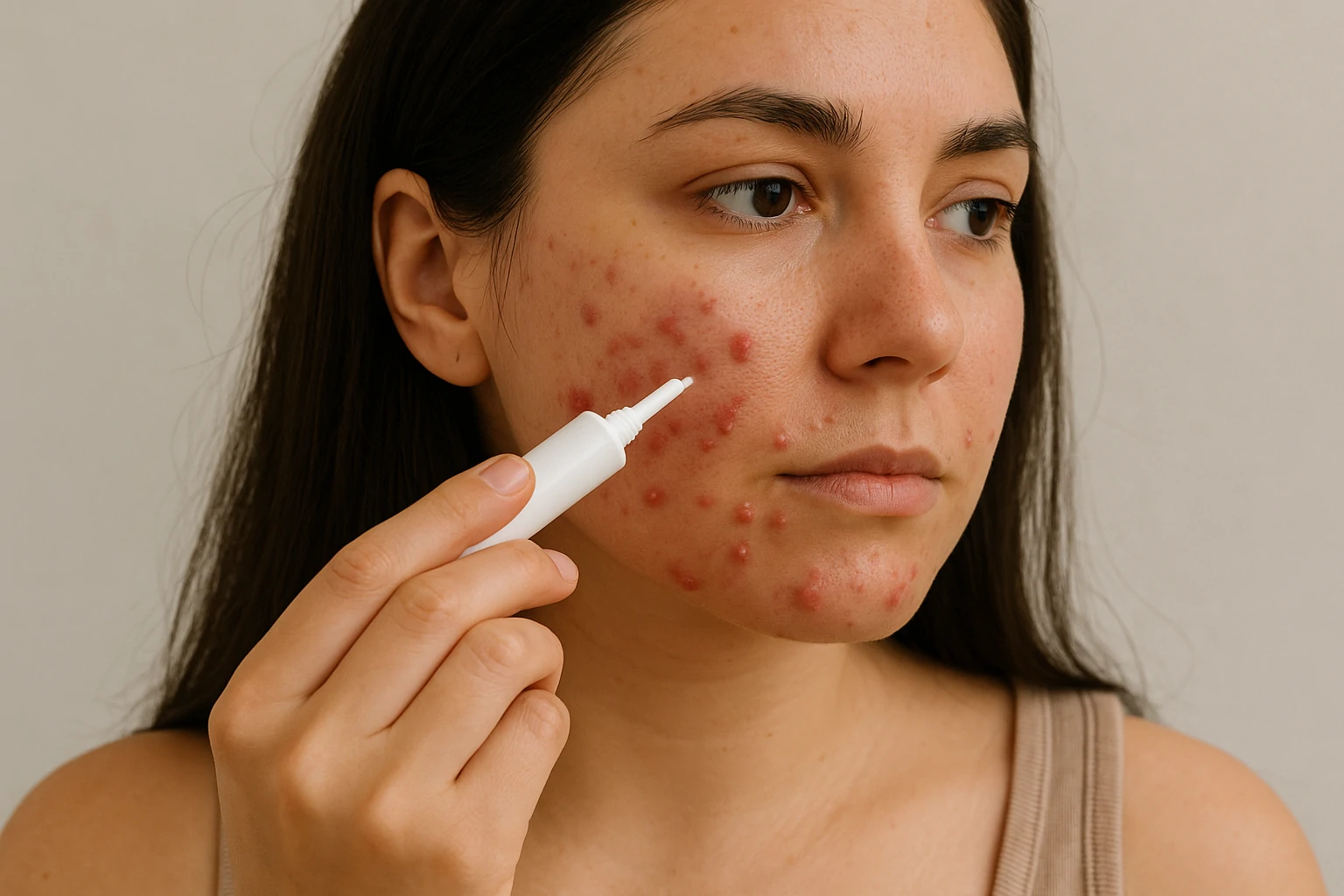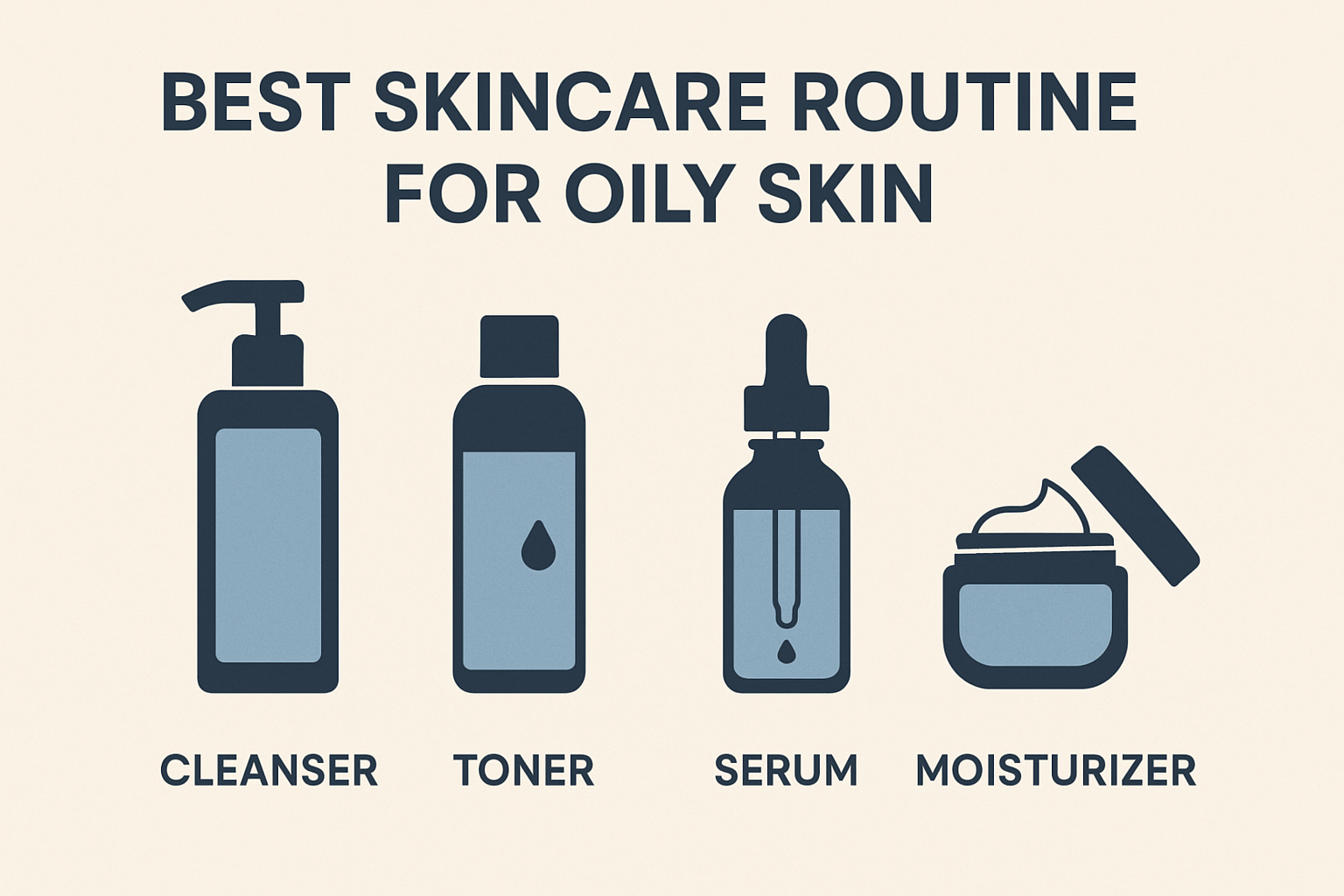Bentonite Clay: Your Skincare Oil Control Hero

Dealing with oily skin can feel like a daily battle—excess shine, clogged pores, and breakouts often go hand-in-hand. That’s where bentonite clay steps in as a natural, science-backed solution.
Derived from ancient volcanic ash, bentonite clay has a unique mineral composition that makes it incredibly absorbent. It draws out excess oil, impurities, and toxins from the skin without stripping away essential moisture. According to board-certified dermatologist Dr. Whitney Bowe, bentonite clay masks can help balance oily and combination skin when used regularly.
This versatile ingredient is now found in a range of skincare products—from detox masks to cleansers and spot treatments—thanks to its oil-absorbing and calming properties.
If you’re just starting your skincare journey and looking for something natural yet effective, bentonite clay might be your new go-to. With its detoxifying power and skin-soothing benefits, it’s no wonder this ancient clay has earned its title as a modern-day oil-control hero.
What Exactly Is Bentonite Clay?
Bentonite clay is a naturally occurring mineral-rich clay formed from weathered volcanic ash. It’s packed with skin-beneficial elements like calcium, magnesium, and iron. But what really makes it powerful is its negative ionic charge, which allows it to attract and bind to toxins, heavy metals, and excess sebum on the skin.
Historically, this clay was first discovered in Montmorillon, France—earning it the alternate name “Montmorillonite.” Today, its primary source is Fort Benton, Wyoming, where it gets its more familiar name: bentonite.
In dermatology, bentonite clay is valued for its ability to purify skin and restore clarity. While it was once used internally in traditional medicine, it’s now primarily applied topically to detoxify and calm the skin surface.
Whether you’re managing acne, clogged pores, or oily patches, bentonite clay offers a simple and natural solution to promote a clearer, healthier-looking complexion.
How Bentonite Clay Works on Your Skin
Bentonite clay comes to life when mixed with liquid—typically water or apple cider vinegar—and applied as a mask. As it dries, the clay contracts slightly, creating a gentle pulling effect that helps lift impurities, dead skin cells, and oil from your pores.
This process not only deeply cleanses the skin but also leaves it feeling smoother and more refined. Dermatologists often recommend bentonite clay to help balance skin’s natural pH levels, which is essential for maintaining a strong, healthy skin barrier.
Another key benefit: its natural antibacterial and anti-inflammatory properties. These help reduce redness and irritation, especially for acne-prone skin.
Plus, the presence of minerals like magnesium and calcium supports cell renewal and hydration—making bentonite clay a multitasking skincare hero that detoxifies, soothes, and revitalizes all at once.
Top Benefits of Bentonite Clay for Oily and Acne-Prone Skin
Bentonite clay offers more than just detox power—it’s a multifunctional ingredient that brings a wide range of benefits for oily, acne-prone, or sensitive skin types:
- Oil Control: Bentonite clay absorbs excess sebum, helping reduce shine and prevent clogged pores that can lead to breakouts.
- Pore Minimizing Effect: As the clay dries, it temporarily tightens skin and refines the appearance of large pores.
- Soothes Inflammation: Its anti-inflammatory action helps calm redness and irritation, making it ideal for blemish-prone skin.
- Anti-Aging Support: With minerals that may promote collagen production and defend against oxidative stress, it can subtly aid in reducing early signs of aging.[1Valenti DMZ, Silva J, Teodoro WR, Velosa AP, Mello SBV. Effect of topical clay application on the synthesis of collagen in skin: an experimental study. Clin Exp Dermatol. 2012;37(2):164-168.]
- Matte Finish for Makeup Prep: Using a clay mask before makeup application helps reduce oil and leaves your skin matte, fresh, and ready for cosmetics.
Incorporating bentonite clay into your weekly skincare routine is a simple yet powerful way to maintain clearer, calmer, and more balanced skin.
Are There Any Side Effects?
While bentonite clay is generally safe for topical use, it’s not without potential side effects—especially if you have sensitive or reactive skin. According to skincare experts, the most common reactions include dryness, tightness, or minor irritation after application.[2Healthline: How Clay Masks May Benefit the Health of Your Skin and Hair.]
To avoid any negative reaction, always do a patch test before using the product on your face. Apply a small amount to your inner forearm and wait 24 hours. If there’s no redness or itching, you’re likely good to go.
Avoid applying bentonite clay over broken or highly irritated skin, and don’t leave it on for too long—15–20 minutes is enough. If your skin feels overly tight or uncomfortable, rinse it off sooner.
By using this ingredient thoughtfully and gradually, bentonite clay can be a skin-friendly addition to your routine, even for beginners—just make sure your skin agrees with it first.
Who Should Use Bentonite Clay?
Bentonite clay is an excellent choice for those with oily or combination skin, especially if you’re dealing with clogged pores or frequent breakouts. Its strong oil-absorbing properties help keep your skin shine-free and your pores clearer—making it a go-to for acne-prone skin.
However, dermatologists advise caution if you have dry, sensitive, or compromised skin (like eczema or psoriasis). In these cases, the clay may strip too much natural moisture, leading to flakiness or irritation.
If your skin is normal but you’re curious to try a clay mask, start slow—once or twice a week is enough. Always follow up with a good moisturizer to maintain hydration and barrier health.
Not all skin types respond the same way to bentonite clay, so listen to your skin and adjust your routine accordingly.
How to Safely Use Bentonite Clay in Your Routine
Bentonite clay is commonly found in masks and cleansers, but you can also buy it in pure powder form to make custom treatments at home. If you choose the DIY route, buy from a trusted brand. Experts warn that bentonite clay is not tightly regulated by the FDA, and some products may contain contaminants like heavy metals or pesticides.
A popular choice is the Aztec Secret Indian Healing Clay, made from 100% pure bentonite with no added ingredients—ideal for mixing your own formula.
To prepare a mask, mix the clay with water or apple cider vinegar. ACV helps create a smoother texture, but it can also increase the risk of irritation, especially for sensitive skin. If you’re a beginner, start with water first and monitor your skin’s reaction.
Apply a thin layer, leave it on for 10–15 minutes, and rinse with warm water. Always follow up with a moisturizer to lock in hydration.
How Bentonite Clay Controls Oil and Detoxifies Skin
Bentonite clay works by absorbing excess oil (sebum) and pulling impurities out of your pores. Its natural negative charge allows it to attract and bind to positively charged particles like bacteria, pollutants, and toxins—making it a powerful detoxifier for the skin.
When applied as a mask, the clay hardens and creates a tightening sensation. During this process, it lifts dead skin cells, product residue, and dirt from deep within your pores, helping to prevent future breakouts.
Experts also highlight bentonite’s ability to soothe mild inflammation and speed up recovery from irritation, thanks to its mineral-rich profile—especially magnesium and silica.
Its versatility is a bonus—you can mix it with water, apple cider vinegar, or even aloe vera gel depending on your skin’s needs. Used 1–2 times per week, bentonite clay can help maintain a clear, matte, and refreshed complexion—without harsh chemicals.
Final Thought
If you’re struggling with oily skin, clogged pores, or breakouts, bentonite clay can be a game-changer. Its natural ability to absorb excess oil, detoxify the skin, and calm inflammation makes it a smart and affordable addition to any skincare routine—especially for beginners exploring natural ingredients.
While it’s not ideal for everyone—particularly those with very dry or sensitive skin—using bentonite clay the right way can deliver visible results without harsh chemicals. Just remember to patch test, use it in moderation, and always moisturize afterward.
In the world of skincare, simplicity often works best. And bentonite clay proves that sometimes, nature really does know best.






 Acne
Acne Anti-Aging
Anti-Aging Business
Business Digital Marketing
Digital Marketing Economics
Economics Movies
Movies Personal Finance
Personal Finance Websites
Websites
